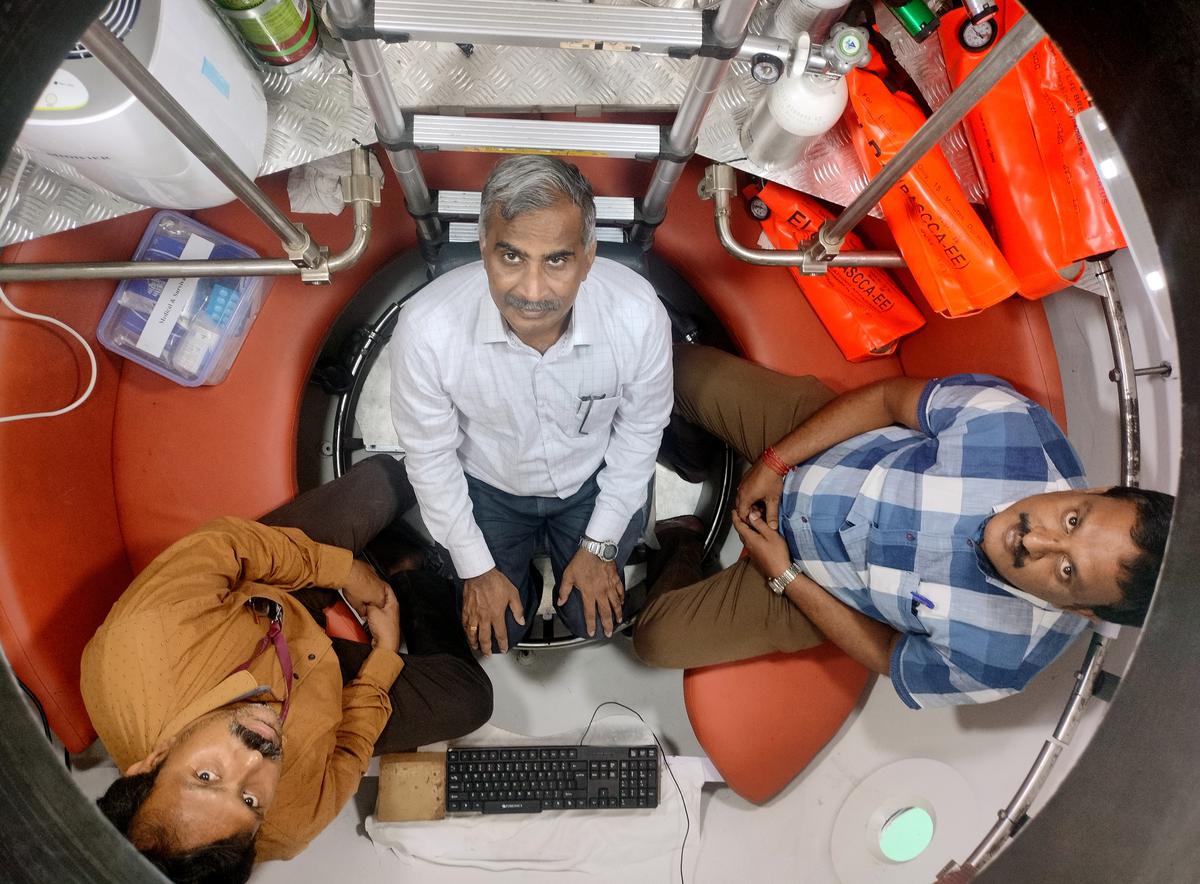Given the recent increase in people taking these drugs, a research group in Canada wanted to know if there was an association between people going to hospital because of problems related to these drugs and subsequent mental ill health – specifically, schizophrenia spectrum disorder.
| Photo Credit: Stock Photo
A link between taking hallucinogenic drugs and psychosis has long been suspected. Given the recent increase in people taking these drugs, a research group in Canada wanted to know if there was an association between people going to hospital because of problems related to these drugs and subsequent mental ill health – specifically, schizophrenia spectrum disorder.
Schizophrenia spectrum disorder, or SSD, is defined as either schizophrenia itself or “schizoaffective disorder” – a condition with similar symptoms to schizophrenia (such as hallucinations and delusions), but including depression or mania.
This was a retrospective study where hospital records of people living in Ontario were examined from the years 2008 to 2021. Over 5,000 people were found to have visited the emergency department for a reason related to hallucinogen use.
Of these, 208 (4%) were subsequently found to develop SSD within three years. After taking age and sex into account, this equated to a 21-fold increase in the chances of developing SSD. However, after the data was further adjusted to take into account other mental health factors and other drug use, the increased likelihood of developing SSD dropped to 3.5-fold – which is still a considerable increase in risk.
Alcohol is a much bigger risk factor
Further analysis of the data revealed that emergency department visits because of problems related to alcohol use resulted in a 4.7-fold risk of developing SSD. In contrast, visits to the emergency department for cannabis use resulted in a 1.5-fold increased risk. So alcohol-related visits were more likely to result in a diagnosis of SSD than hallucinogens, with visits associated with cannabis the least likely to result in an SSD in the next three years.
Much has been said about how dangerous certain drugs are, but this was often done without looking at all the evidence. In 2009, Professor David Nutt, then the UK government’s drugs adviser, published a rating of drug dangers – not only danger to the user but also to others.
Controversially, it was revealed that alcohol, despite being freely available, was the most dangerous drug, followed by heroin and crack cocaine. LSD and magic mushrooms (both hallucinogens) were found to be at the opposite end of the scale – and of relatively little danger. If the Canadian study holds true, then hallucinogens may need to be nudged slightly higher up the danger scale.
The first study to definitively show a link between cannabis use and schizophrenia was conducted in 1987 and examined 45,000 Swedish soldiers. They found that those soldiers with high cannabis use (more than 50 uses) had a sixfold greater chance of developing schizophrenia over 15 years.
It is unclear why the Canadian study’s risk for cannabis is so low (1.47) compared with the findings from the Swedish study, but it might be related to differences in cannabis use and length of follow-up period (three years versus 15 years).
Hallucinogens to treat psychiatric conditions
There is a lot of excitement among the psychiatric community about recent clinical trials showing that LSD and psilocybin could be useful for treating several psychiatric conditions.
The doses used in these trials are, presumably, similar to those used by illicit drug users as both groups of users need to achieve a psychoactive effect. The main difference may be in frequency of use. For example, a single dose of psilocybin can improve depression symptoms for up to three months in those who haven’t responded to other treatments. Similarly, a single dose of LSD can reduce anxiety for up to 16 weeks. Illicit users would take these drugs more often.
There is little evidence to suggest that occasional clinical use of hallucinogens has long-term harms. Nevertheless, those patients being treated with hallucinogens should be followed for ten or more years to ensure that these treatments are safe.
One of the limitations of the Canadian study is that it has no details on the types of hallucinogens taken. Another issue is that these drugs, being illicit, may well have had contaminants cut into them, so it’s unclear what exactly these patients had taken.
Despite these drawbacks, this study does pose important questions about the use of hallucinogens in the clinic and provides further evidence of the dangers of alcohol abuse.
This article is republished from The Conversation under a Creative Commons license. Read the original article here.
Published – December 31, 2024 04:55 pm IST










